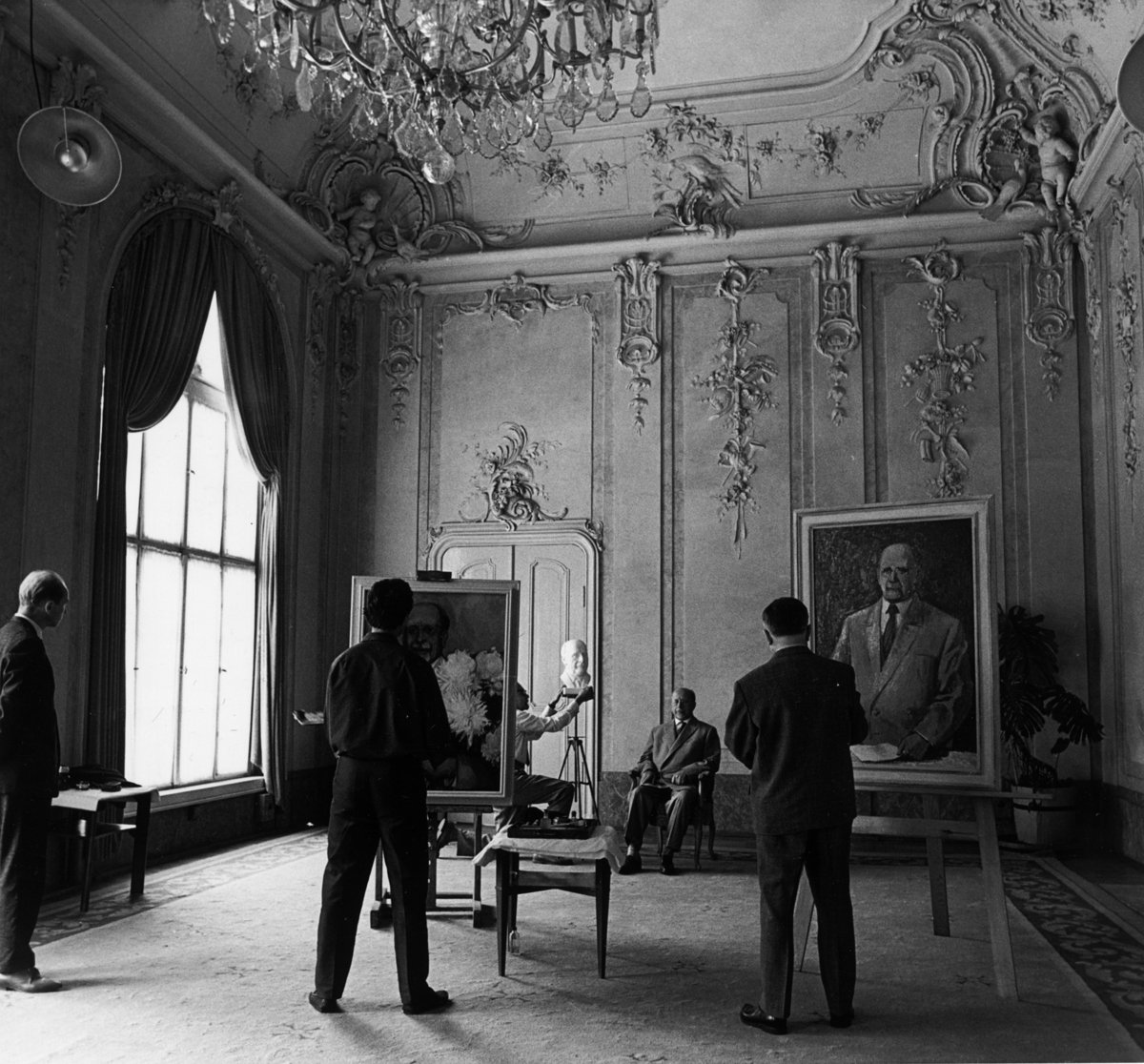Source

Source: Simultaneous production of two Ulbricht portraits and a bust in oil and plaster (respectively) at Niederschönhausen Palace. Photo: Jochen Moll. Date: August 1964.
bpk-Bildagentur, image number 30005353. For rights inquiries, please contact Art Resource at requests@artres.com (North America) or bpk-Bildagentur at kontakt@bpk-bildagentur.de (for all other countries).